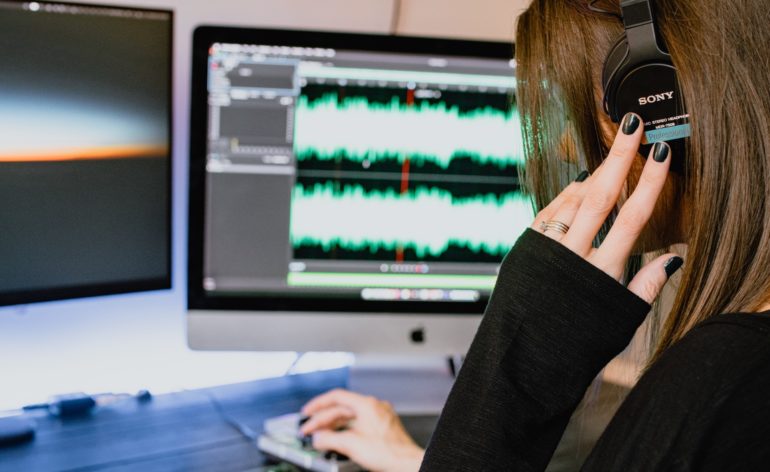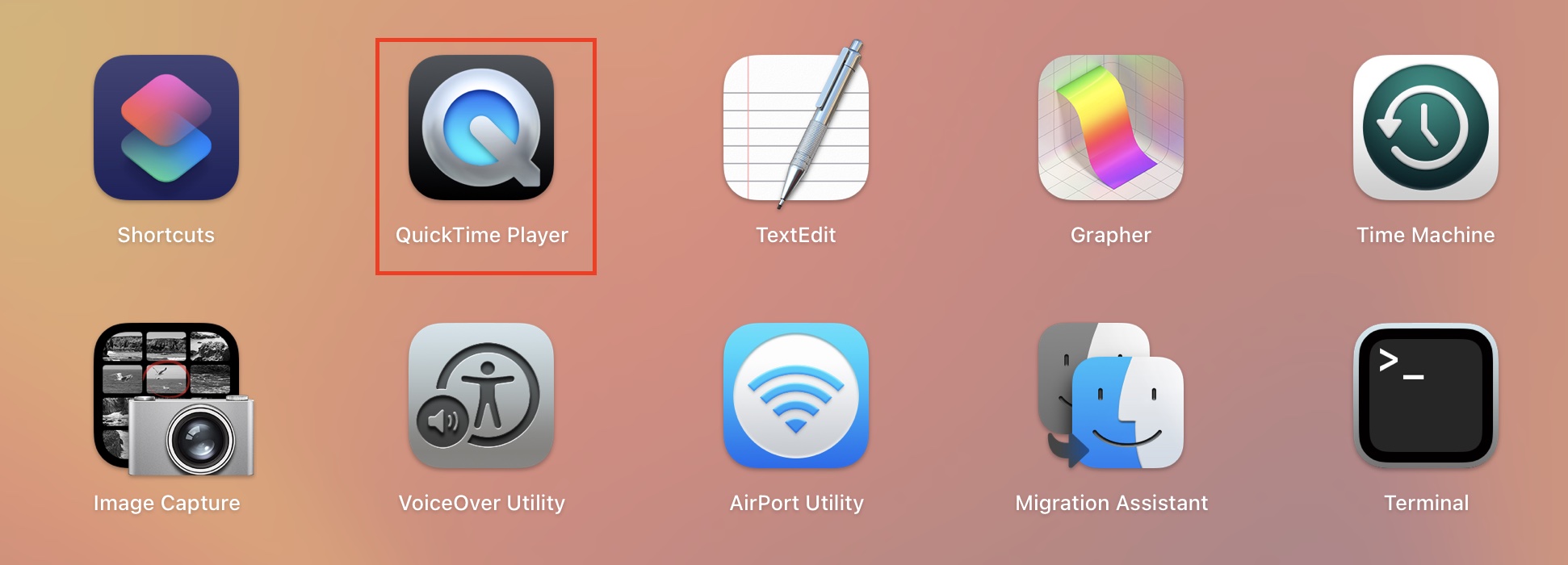When it comes to recording audio on your Macbook, there are a lot of ways you can get about to achieve it. You can go for some known third-party applications that offer some great features and enhancements, but some of these third-party apps require an investment, something you may or may now want to do. However, the Macbook itself has two built-in applications that allow you to record audio and use the same for whatever purpose you have in mind.
Before you begin recording, ensure that the microphone you’re using is turned on, connected, and operational. The built-in microphones on the MacBook can also record, however an additional microphone may provide superior quality. With that out of the way, let’s get started –
Method 1. Recording Audio using the QuickTime Player
Step 1. Open the QuickTime player on your Macbook. This is the default media player on Mac devices so it should be easy to find.
Step 2. From the menu bar, click on the File option.


